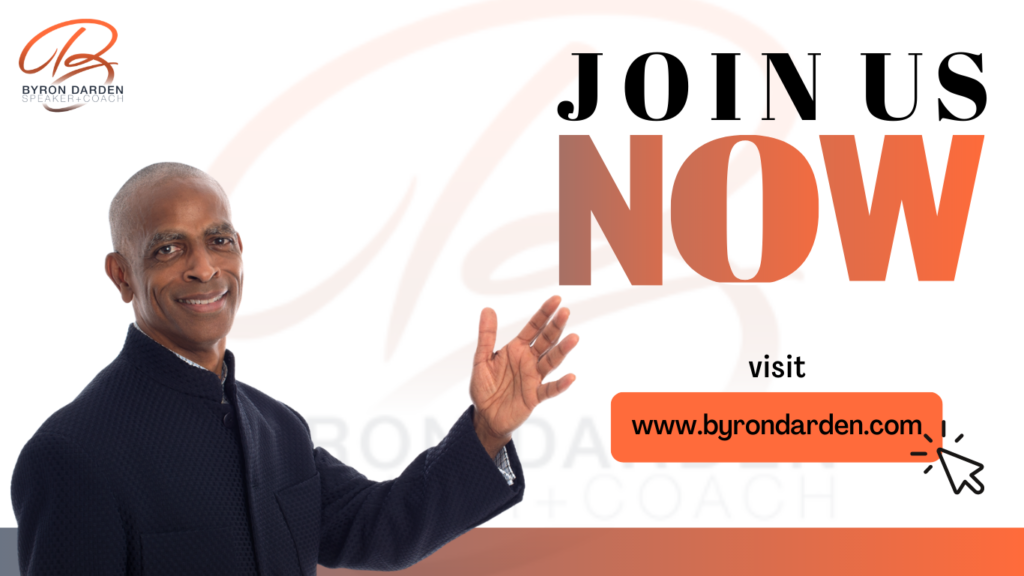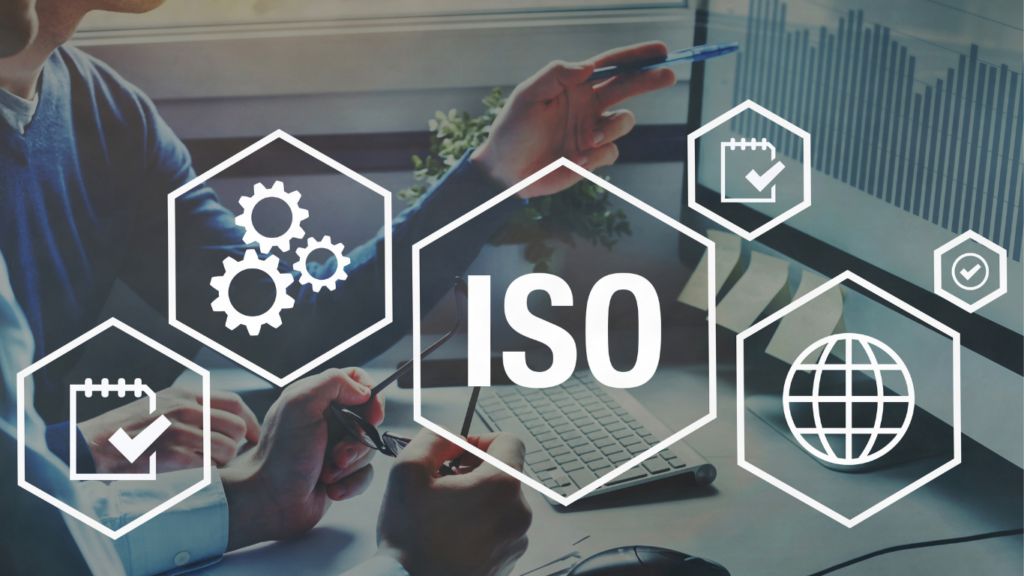
In a workshop recently, a participant bravely spoke up and shared her story. Over the years in her job, she has experienced difficulties adapting to the culture of her workplace. Not wanting to “rock the boat,” she kept quiet. She needed her job and enjoyed the work for the most part. That said, she wasn’t thriving.
As a result, she started to show up ready for a fight. By her own omission, she would show up at work with walls built up, ready to defend herself against any perceived oppression. She was afraid to speak up and tell her truth, and her emotions couldn’t be contained.
Keep in mind that one of the leading causes of illness is stress! Bottling up those feelings takes its toll on your physical body, emotions, and spirit; it can also severely affect your health. It took some soul-searching and courage to speak up finally.

The advice I would give this participant is to open themselves up to the possibilities of change within themselves. Show up with authenticity and pay attention to what has heart and meaning. Do the work and tell their truth without blame and judgment. Be open to the outcome without the attachment we tend to have out of the desire to avoid change. When confronted with a situation, remind yourself that it is not a competition with others; it is a chance for us to show the world our best self. Once we get out of our own way, there is a silver lining in virtually every situation in which we find ourselves once we stop and observe.













